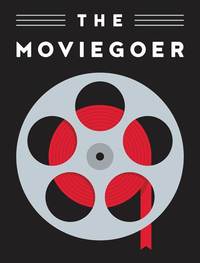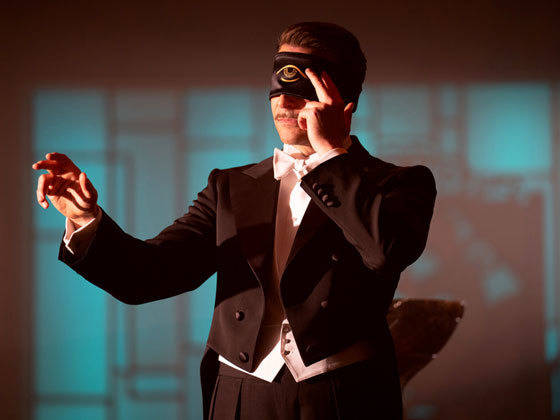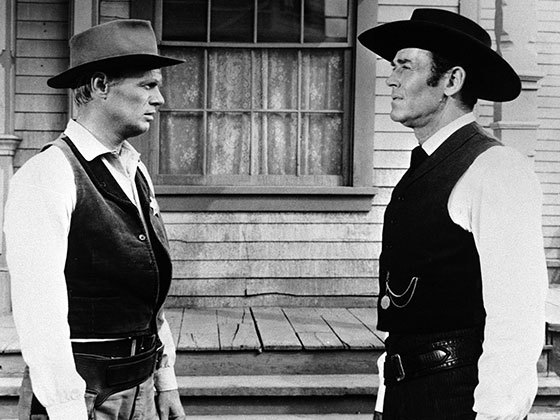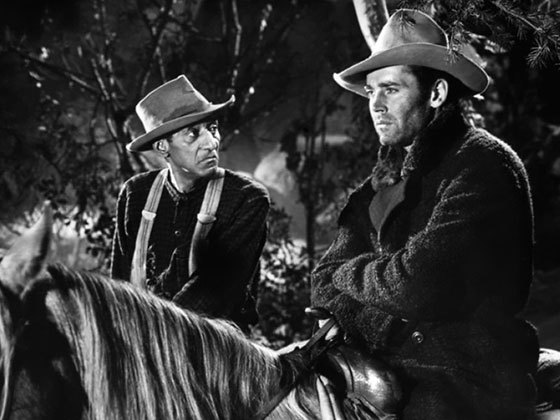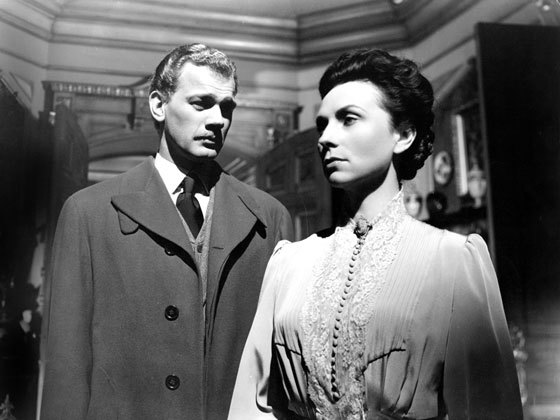By Roy Blount Jr.
Starring George Clooney and Jennifer Lopez as opposites who attract, Steven Soderbergh’s 1998 adaptation is all about time—doing time, running out of time, and, in its ingeniously constructed love scene, momentarily stopping time.
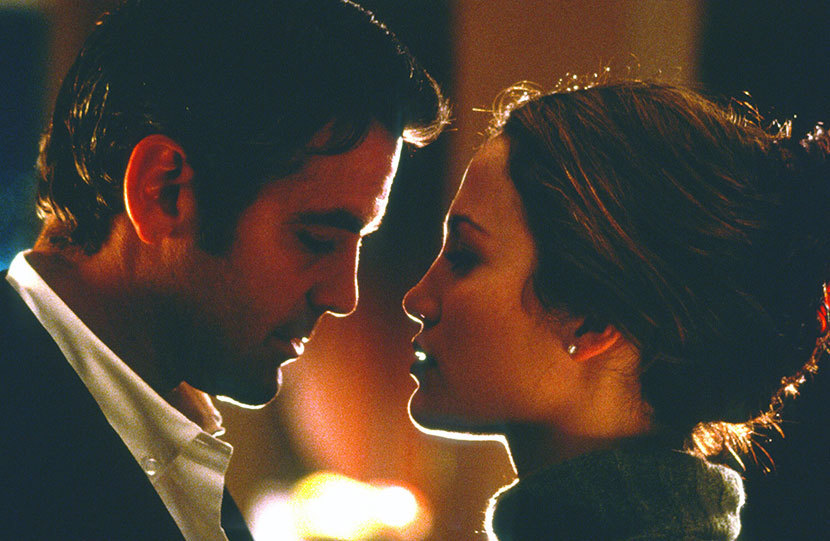
If you were pitching the movie, you might start with “J. Lo and Clooney in the trunk of a car, it’s been a long time since he touched a woman and she’s got a gun”—but why the title Out of Sight? Dark as it is in there (and sexy and funny), the principals are by no means out of our sight or each other’s. In the movie, the uncut diamonds that the Clooney character plans to steal are in plain sight, if you know where to look. In the novel, by the great Elmore Leonard, there are no diamonds—no real MacGuffin, in fact—which is one point in favor of the movie. The movie also gets more juice out of the connection between J. Lo’s character and her father. I guess The Tough Babe or Daddy’s Girl would have been too on the nose.
Out of Sight (1998), Steven Soderbergh director, Scott Frank screenwriter, is the best film version of a Leonard novel. Leonard once said, “I’ve always seen my books as movies.” So has Hollywood, but too few of the two dozen or so adaptations have done the fiction justice. The biggest box-office hit, Get Shorty (1995), adapted by Frank with Barry Sonnenfeld directing, gets in lots of good digs at the movie industry, but there’s something a bit too self-conscious about all that (you don’t find Leonard kidding crime fiction in his books). And Get Shorty’s blend of whimsy and violence misses both Leonard’s fine acerbic edge and what Roger Ebert called his “deep comic ease.” The only adaptation that Leonard himself expressed any public approval of was Jackie Brown (1997), directed by Quentin Tarantino from the novel Rum Punch. It’s good, all right, but the flashbacks make the scam involved seem more intricate than it is. The tricky timeline in Out of Sight, on the other hand, fits the narrative and the theme.
| READ THE NOVEL |
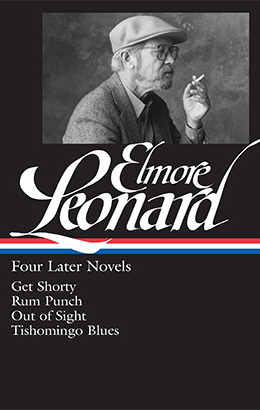 |
| in Elmore Leonard: Four Later Novels |
Out of Sight in either form is about time: doing time, aging, seizing the moment. The novel moves straight along chronologically, with occasional resorts to past-perfect exposition (“They had been digging”). The movie starts, remarkably, with a flash-forward, which it soon flashes back from and eventually catches back up to. Altogether I count four flash-forwards, four flashbacks, and four freeze-frames—not counting the shimmy of time back and forth in the scene when Karen Sisco and Jack Foley, the characters played by Jennifer Lopez and George Clooney, take what each describes as a timeout from their respective obligations.
She’s a federal marshal, he’s a career bank robber. They’re in the car trunk together because she happened along as he was breaking out of prison. His best friend Buddy, played by Ving Rhames, has been waiting to give him a ride. They take Karen’s shotgun away (though she is no pushover, as she proves against two bad guys later) and toss her in the trunk. Jack joins her, and of necessity they spoon. She is packing the pistol her father gave her for her birthday, but the quarters are too tight for her to get at it. Foley is cool, a gentleman. Sisco is cool, too. As Buddy drives, the newly-mets speak of how much Foley stinks (having escaped through a mucky tunnel), of how his marriage failed (just didn’t have that certain snap), and of how they both like the movie Three Days of the Condor. The dialogue in this scene, as in most of the others in the movie, is nearly verbatim from the book.
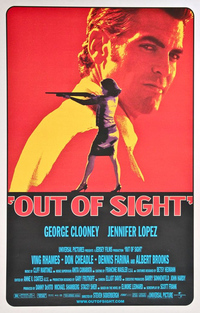
In the book, Karen is a looker, but she’s blond, and at one point someone refers to her “skinny ass.” J. Lo with her full body and Latin glow is another point in the movie’s favor. Clooney, in his first substantial movie role unless you count Batman, is not only hunky enough for her but also compatibly ruddy—as a couple they pop, especially in the dark. I don’t know what Ms. Lopez has done in other movies, but she’s very good in this one, and so are Rhames, Michael Keaton (who appeared as the same character in Jackie Brown), Catherine Keener, Albert Brooks (whose character, owner of the diamonds in the movie, is scarcely a presence in the book), Viola Davis in her first movie, Steve Zahn, Isaiah Washington, Don Cheadle, and, notably, Dennis Farina. He plays Karen’s private-eye father, who’s as much in love with his daughter as a widower dad can be without getting creepy. There’s an odd indeterminate moment in the movie, not in the book. Karen has escaped from the car trunk but not from her chemistry with Jack. Dad sees she is dangerously sweet on this fugitive con. He studies a newspaper photo of Foley. Doesn’t look like much, Dad says. Karen says Oh, he doesn’t look like that.
“Oh no?”
“Unh-unh. He looks a lot like . . .”
Dad eyes her.
She looks away. “Different.”
We never find out who Foley’s look-alike is or was. Could be she’s thinking of the other bank robber she fell for once (and later shot). Could also be that Foley resembles dad.
In the book, Dad is said to look “somewhat like a short Walter Matthau.” In the movie, he’s dark-eyed, silver-templed and foxy. As Soderbergh puts it on the DVD’s commentary track, “Dennis looks great, almost as sexy as Jennifer.” In 1998 Farina was fifty-four, which in the book is not Dad’s age but roughly Foley’s. Clooney at the time was thirty-seven. He tried to look a little older, according to either Soderbergh or Frank on the commentary (their voices are hard to tell apart), by shaving his hairline back a bit, but in the movie Jack never asks Karen whether she thinks he’s too old for her. He does observe, on seeing that the only photo in her purse is of her dad, that this guy is too old for her. (We aren’t told how old Karen is; Lopez was 29.)
Therein lies a key difference between the movie and the book. In both, Karen winds up shooting Foley—not to death, as he, dreading more prison time, was hoping, but just in the leg, so he will go back to finish his thirty-year sentence. This is their parting exchange:
“I’m sorry, Jack, but I can’t shoot you.”
“You just did, for Christ sake.”
“You know what I mean.”
In the book, she adds this: “I want you to know I think you are a cool guy. I never for a minute felt you were too old for me. I’m afraid, though, thirty years from now I’ll feel different about it.”
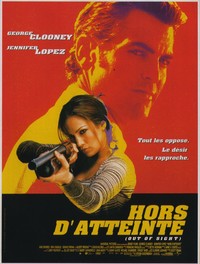
That is a true Leonardian putaway, consistent with the author’s fact-facing brand of comedy. Elmore Leonard will foster romance about a criminal only up to a point. We’ve been pulling for Foley, but as Karen tells her dad after the shooting, “You know the old saying, don’t commit the crime if you can’t do the time.” Dad has the book’s final line: “My little girl, the tough babe.”
She’s tough on the screen, too. She coolly throws down two very mean guys. But Hollywood calls for a sweeter denouement—we don’t want Clooney deflated for good. The filmmakers tack on a coda, in which Samuel L. Jackson surprisingly shows up (at first, in the darkness of a van, only his eyes appear), that enables us to imagine—well, conceivably a sequel, but at any rate Karen has set Foley up for possible future escape. It’s cute. But it fudges the theme that you can’t cheat time forever.
You can for a while. Let me try to tell you how niftily the movie’s big love scene visualizes time. Foley, though feeling fatalistic, has come to Detroit to heist, in league with some very nasty types, the aforementioned uncut diamonds. Karen has come to catch him. We may wonder how Foley knows she is in Detroit, because the movie has cut out the book’s momentum-slowing explanation entailing another newspaper story. In the movie Karen shows Foley a folded-up clipping, but if you haven’t read the book, you can’t see the point. It doesn’t matter, because you trust the movie by now, and we are as eager as they are for them to make love.
As in the book, he finds her sitting alone in a hotel cocktail lounge high above the city. It’s night and snow is falling outside the wraparound windows. The two of them speak of moments when you pass someone on the street and you know there’s a spark, and if you don’t act on it you’ll always be wondering “What if . . . .” They’ve both been wishing they could take a time out, from their cop-and-robber storyline. They’re touching each other lightly and trading sips of whiskey in near-silhouette, set off from the darkness and the night by a fine bright line of “edge-lighting” (a term I take from the commentary track). And they make their way to her room . . . .
But not directly. The camera, the lighting, the dialogue make the transition in waves, ebbing and flowing from bar to bed and back and forth again, now the image ahead of the audio, now vice versa: tête-à-tête overlapping with passion, anticipation with clinches, confidence-sharing with peeling down. I’m making it sound ostentatious, but it’s not, it flows, makes sense: psychological time, stop-time, stolen moments as if in plain sight. A movie can do things that words cannot express.
Original 1998 trailer for Out of Sight (2:25)
Out of Sight (1998). Directed by Stephen Soderbergh. Written by Scott Frank, from the novel by Elmore Leonard. With Jennifer Lopez, George Clooney, Don Cheadle, and Ving Rhames.
Buy the DVD • Watch on Amazon Video • Watch on iTunes • Watch on Fandango • Watch on Vudu
Roy Blount Jr. is the author of twenty-four books including Hail, Hail, Euphoria: Presenting the Marx Brothers in Duck Soup, the Greatest War Movie Ever Made. He wrote the screenplay for Larger Than Life, starring Bill Murray.
The Moviegoer, a biweekly feature from Library of America, showcases leading writers revisiting memorable films to watch or watch again, all inspired by classic works of American literature.
